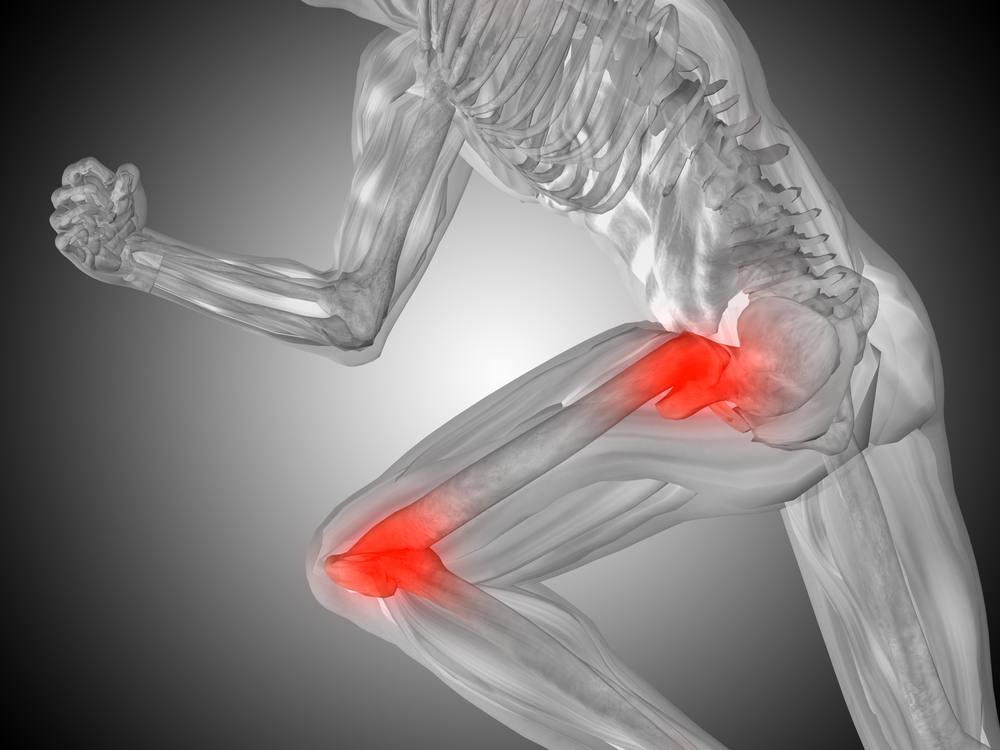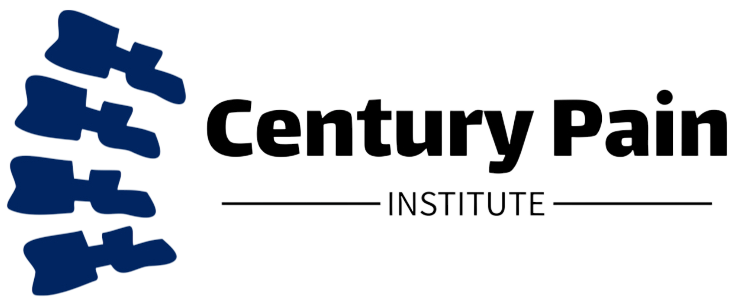
Cortisone Injections
Cortisone Injections are commonly used to reduce inflammation and alleviate pain in joints affected by conditions such as arthritis, bursitis, or tendinitis. Cortisone is a powerful anti-inflammatory steroid that is injected directly into the joint or the surrounding tissue. The procedure is generally quick and can provide significant pain relief for several weeks or months. While cortisone injections are effective in managing inflammation and reducing pain, they are typically used as part of a broader treatment plan that may include physical therapy and lifestyle modifications. Overuse of cortisone injections may lead to potential side effects, such as weakening of tissues or joints, so they are often limited to a few treatments per year.
Request an AppointmentPRP Injections (Platelet-Rich Plasma)
PRP Injections are an innovative treatment for joint pain and soft tissue injuries. Platelet-Rich Plasma (PRP) is derived from the patient’s own blood, which is processed to concentrate platelets and growth factors that are naturally involved in tissue healing. The concentrated PRP is then injected into the affected joint or injured area to promote tissue repair, reduce inflammation, and enhance healing. PRP therapy is commonly used for conditions such as osteoarthritis, tendon injuries, and ligament sprains. Unlike cortisone injections, PRP works by stimulating the body’s natural healing response and can lead to long-term pain relief and improved joint function. Treatment may require multiple sessions and results can take several weeks to months to fully manifest.
Stem Cell Injections
Stem Cell Injections involve the use of stem cells, typically harvested from the patient’s bone marrow or adipose tissue (fat), to promote healing and regeneration of damaged tissues in joints. These injections are used to treat a variety of joint conditions, including osteoarthritis, cartilage damage, and tendon or ligament injuries. Stem cells have the unique ability to develop into different types of cells, helping to repair damaged cartilage, reduce inflammation, and restore joint function. The procedure involves extracting the stem cells, concentrating them, and injecting them directly into the affected joint. Stem cell therapy offers a promising alternative to traditional joint treatments, especially for individuals seeking to avoid surgery. While stem cell injections are still being studied for their long-term effectiveness, early results show positive outcomes in pain relief and improved joint health.
